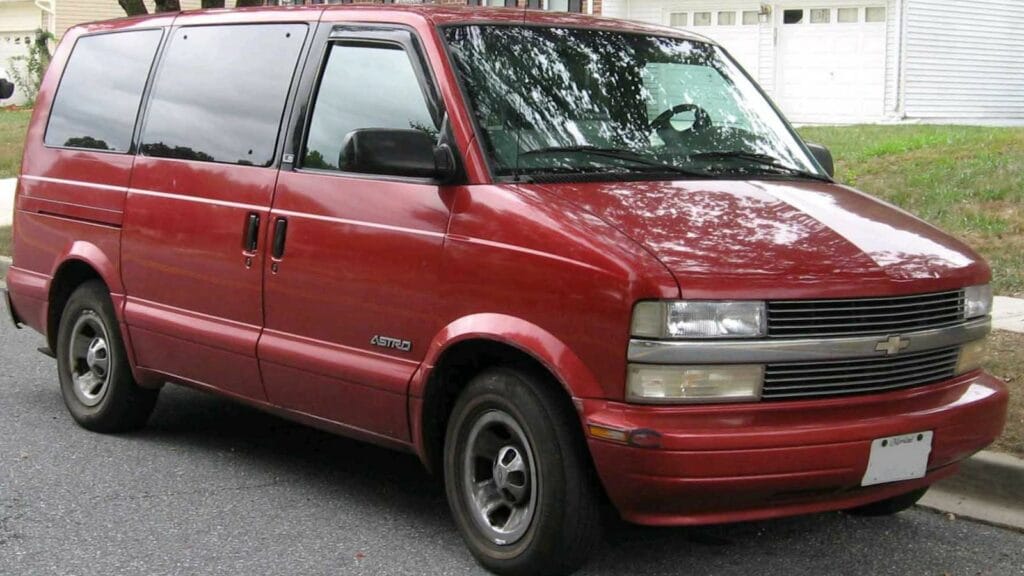North America has always had a way of building cars that left an impression. Some were performance icons, others were family staples, and a few were so deeply woven into Canadian life that their absence is still felt on the roads today. From Detroit-built muscle to Ontario-assembled family cars, these models were once everyday sights but are now part of automotive history. Here are ten American and Canadian made models that people truly miss.
Pontiac Firebird
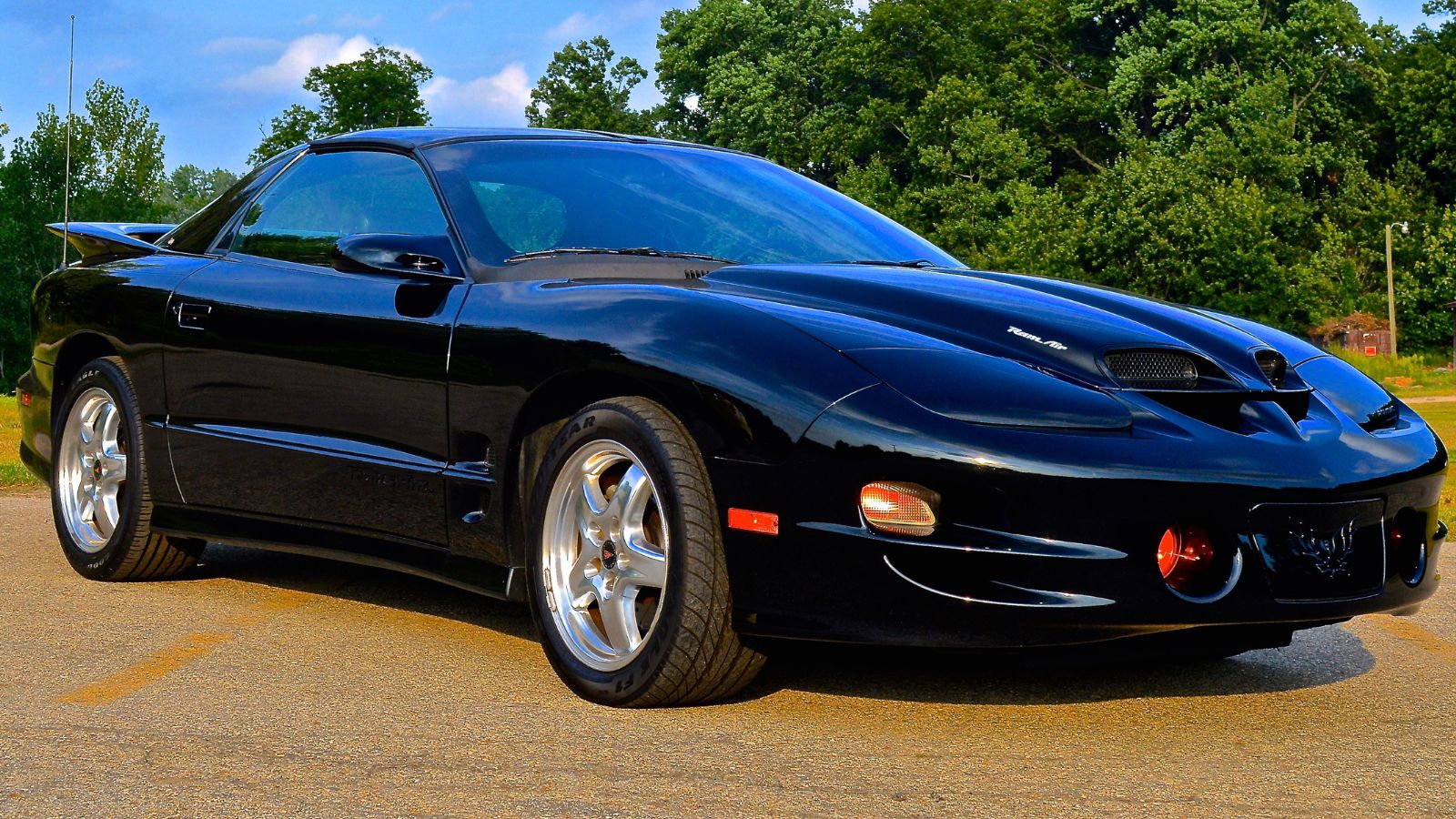
The Pontiac Firebird is one of those cars that carried equal weight in Canada and the U.S. From its debut in the late 60s to its final bow in 2002, the Firebird was a staple of the muscle car wars. Canadians loved the Trans Am versions, which often became poster cars for teenagers who dreamed of V8 power. It wasn’t just the performance — the styling, from the screaming chicken hoods to the sharp rear haunches, gave it instant recognition. Its disappearance marked the beginning of Pontiac’s decline, and fans on both sides of the border still wish for its return. For many, the Firebird wasn’t just a car, it was a cultural badge.
Chevrolet Impala SS
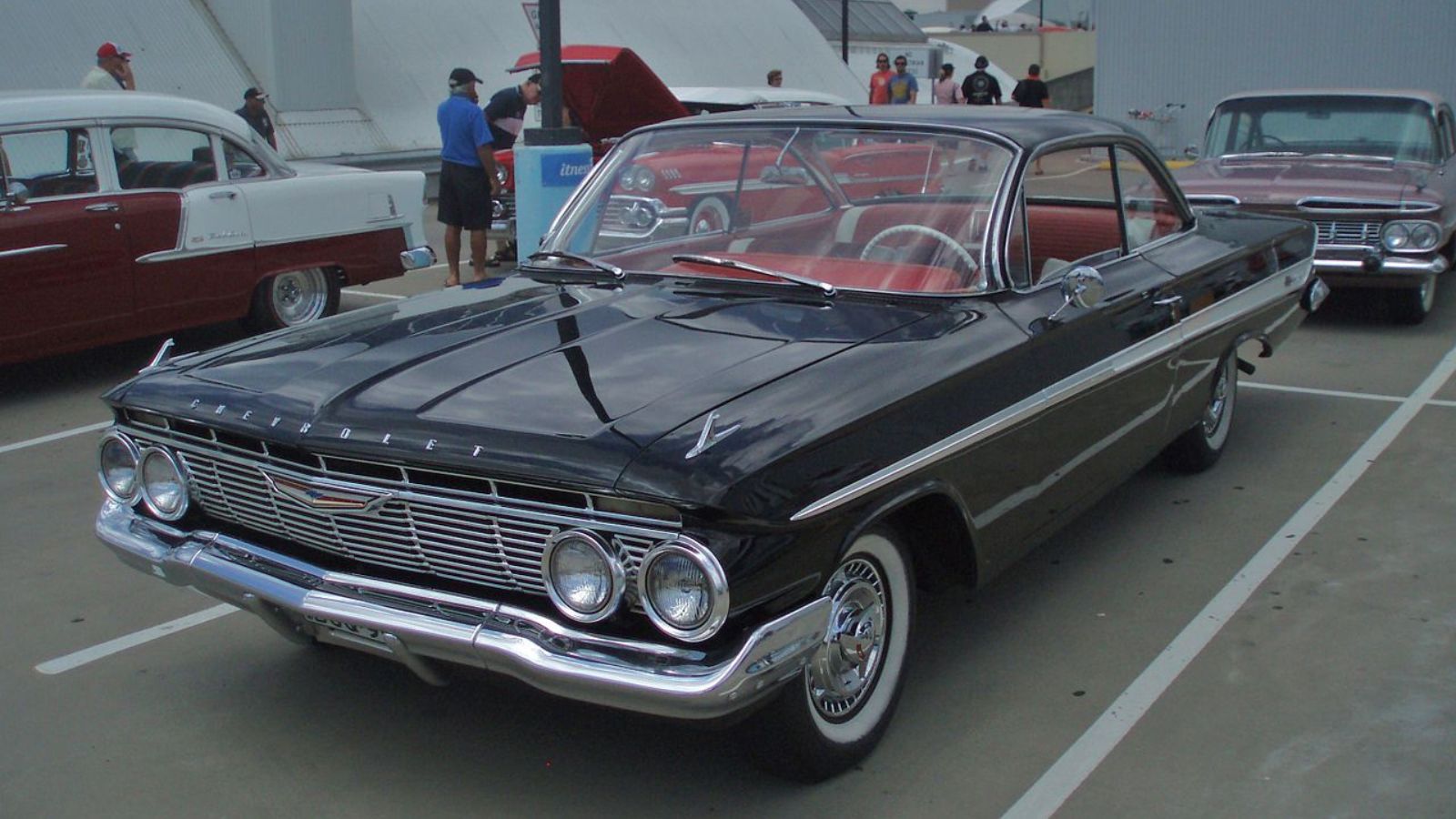
The Impala has a history stretching back to the 1950s, but it was the Impala SS models that made the biggest impact. Canadians remember the mid-90s LT1-powered SS with particular fondness. It looked like a cop car but drove like a muscle sedan, bringing unexpected performance to a family-sized package. Later Impalas, many built in Oshawa, Ontario, became reliable, everyday family cars across Canada, but they lost that performance spark. When the Impala name finally ended in 2020, it was like losing a piece of Canadian driveway history. People miss it because it managed to straddle the line between practical and exciting better than most.
Ford Crown Victoria
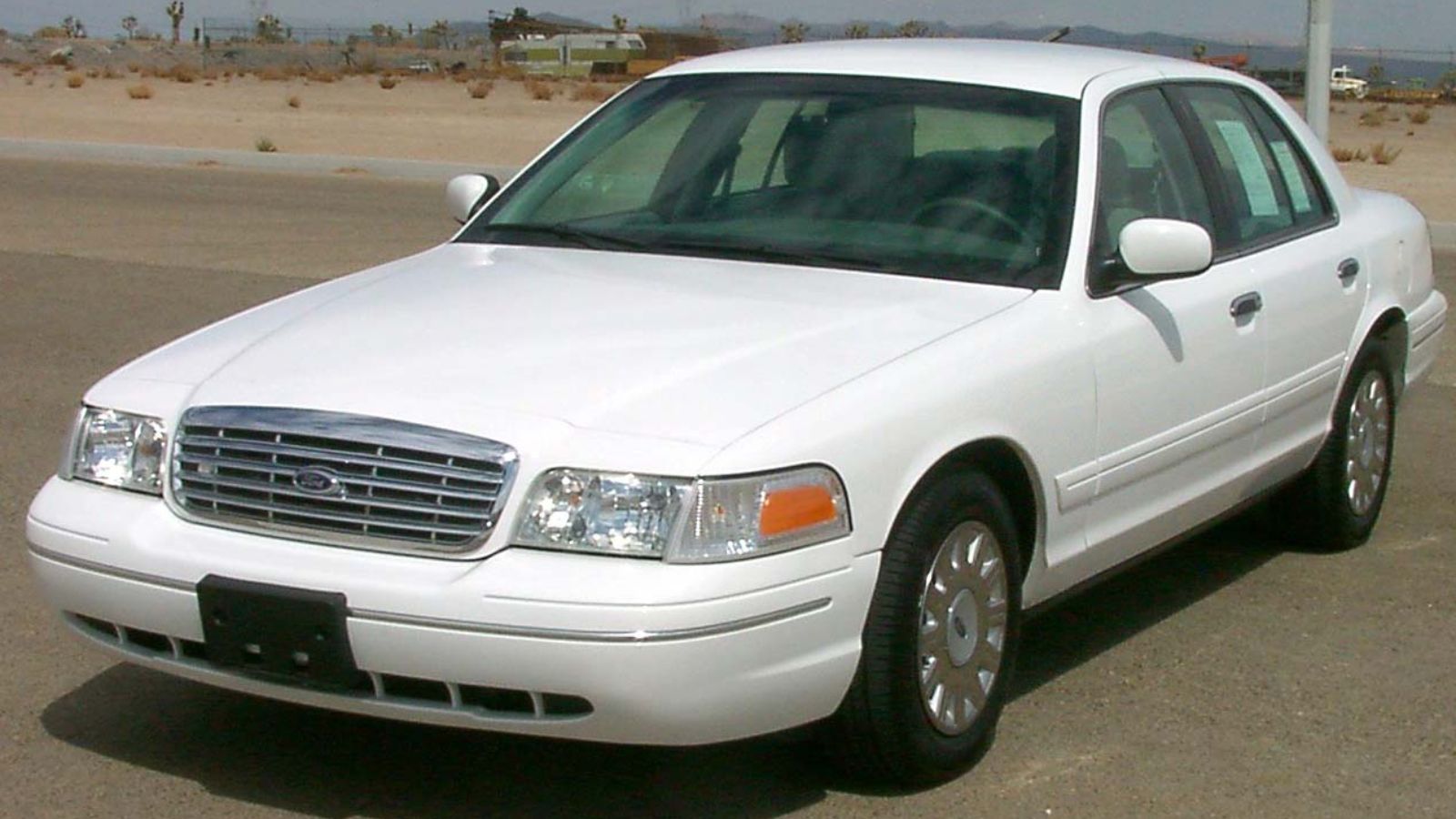
Few cars defined Canadian roads as much as the Ford Crown Victoria. Built at Ford’s St. Thomas plant in Ontario, the Crown Vic was everywhere. It was the taxi in Toronto, the police cruiser in rural towns, and the family sedan that could take a beating from salty roads and still keep going. Its rear-wheel-drive V8 setup was old-school toughness, and its body-on-frame construction made it feel indestructible. Canadians miss it not just for its durability but because it felt like a car built for the country — wide, comfortable, and endlessly reliable. When it ended production in 2011, it wasn’t just the end of a car, it was the end of an era.
Pontiac Grand Prix
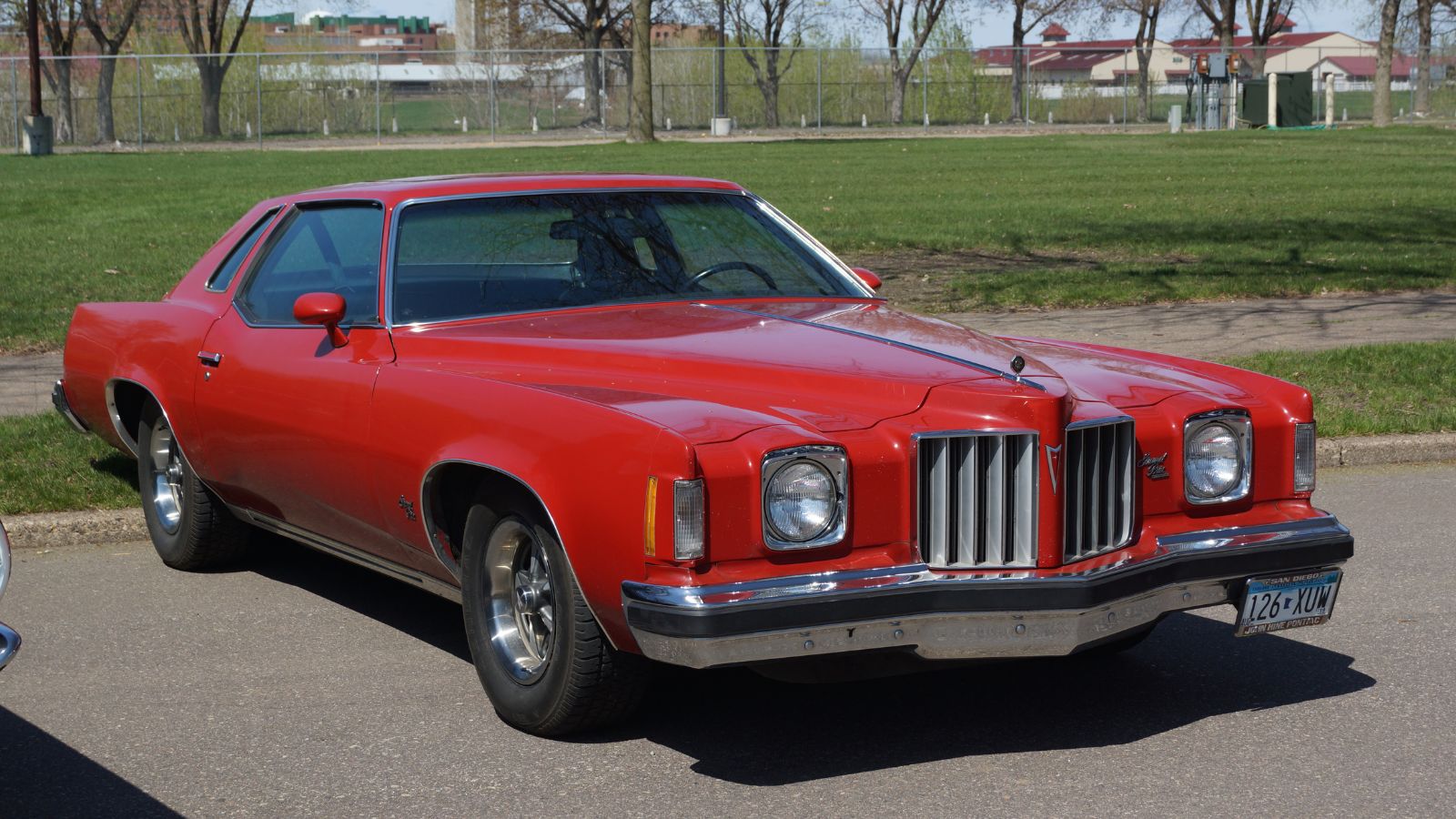
The Grand Prix was Pontiac’s middleweight hero, and it had a particularly strong following in Canada. It was affordable, came in both sporty coupes and practical sedans, and offered punchy V6 or V8 options. Many Canadian families bought them as a step up from the compact class, enjoying the mix of style and space. The GTP supercharged versions were especially loved by enthusiasts who wanted affordable speed. Its end in 2008 was symbolic of Pontiac’s larger downfall. Canadians miss it because it was a car that felt accessible — sporty enough to have fun with, practical enough to justify.
Oldsmobile Cutlass
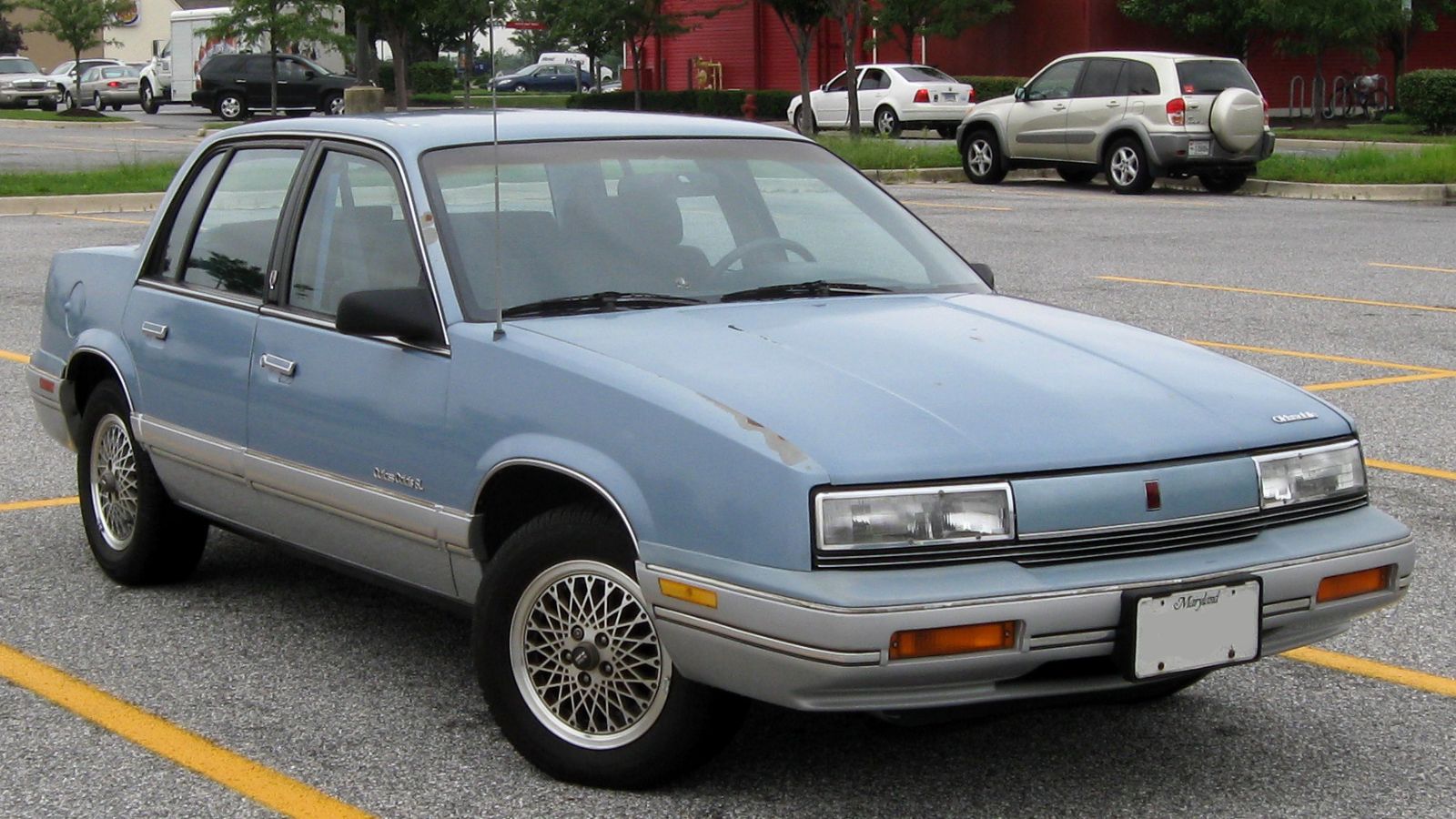
The Cutlass was once America’s best-selling car and had a strong Canadian following, too. In the 70s and 80s, it was the car you saw parked in every suburban driveway. The Cutlass Supreme in particular became a Canadian favorite thanks to its blend of comfort and style. People miss it not because it was flashy, but because it represented a reliable family car that everyone seemed to own at one point. With Oldsmobile’s demise in 2004, the Cutlass disappeared as well, and it’s remembered fondly as one of the everyday heroes of its time.
Dodge Neon
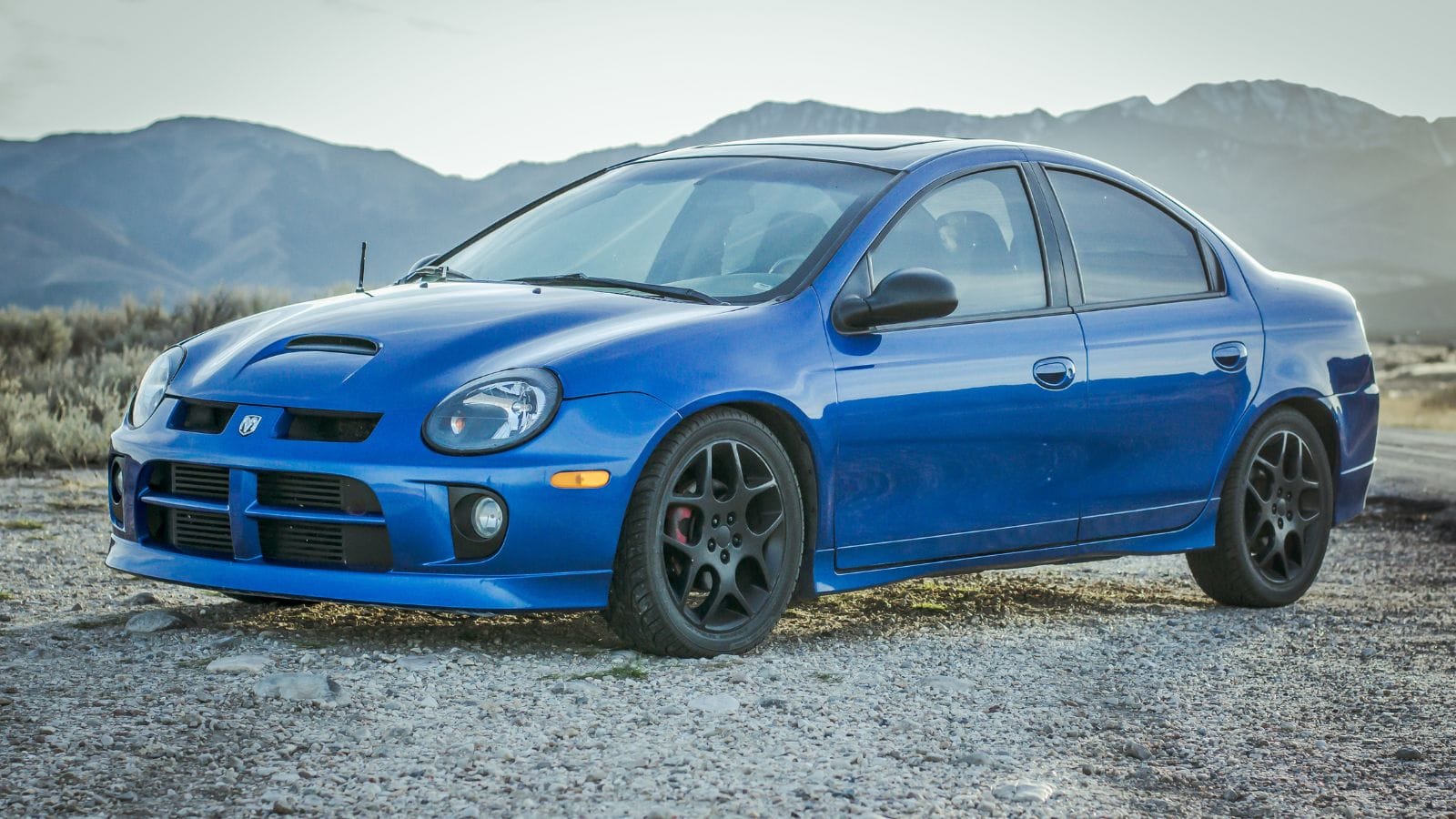
Canadians have a soft spot for the Dodge Neon, especially the early models built in the 90s. It was inexpensive, cheerful, and surprisingly fun to drive. For many young Canadians, it was their first car. The Neon R/T and especially the SRT-4 versions gave it performance credibility, but even the base models had personality. The Neon’s “Hi” marketing campaign captured its friendly charm. When it was discontinued in 2005, Canadians lost one of the last affordable, fun-to-drive compacts that wasn’t afraid to be quirky. It might not have been perfect, but it’s a car people remember with a smile.
Chevrolet Astro / GMC Safari
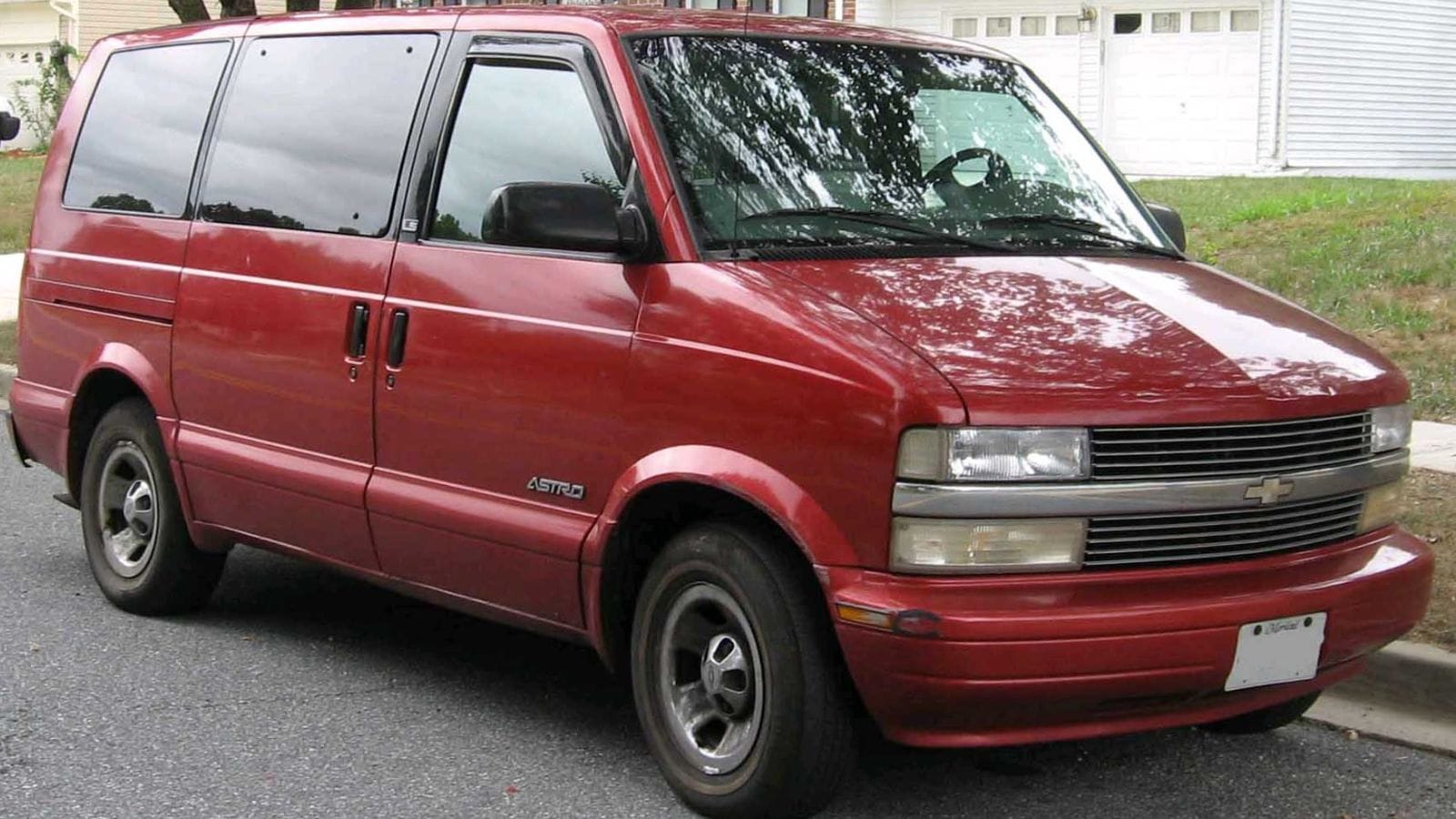
For Canadian tradespeople and large families, the Astro and Safari vans were perfect. Built on a truck-based platform, they offered rear-wheel drive or all-wheel drive, making them winter-friendly workhorses. In towns across Canada, they served as delivery vans, hockey team haulers, and family road trip legends. Their boxy shape swallowed up gear with ease, and their toughness kept them running long after rivals had rotted away. Production ended in 2005, leaving a gap that has never been properly filled. Canadians miss them because they were practical, rugged, and could handle a snowstorm without drama.
Plymouth Voyager
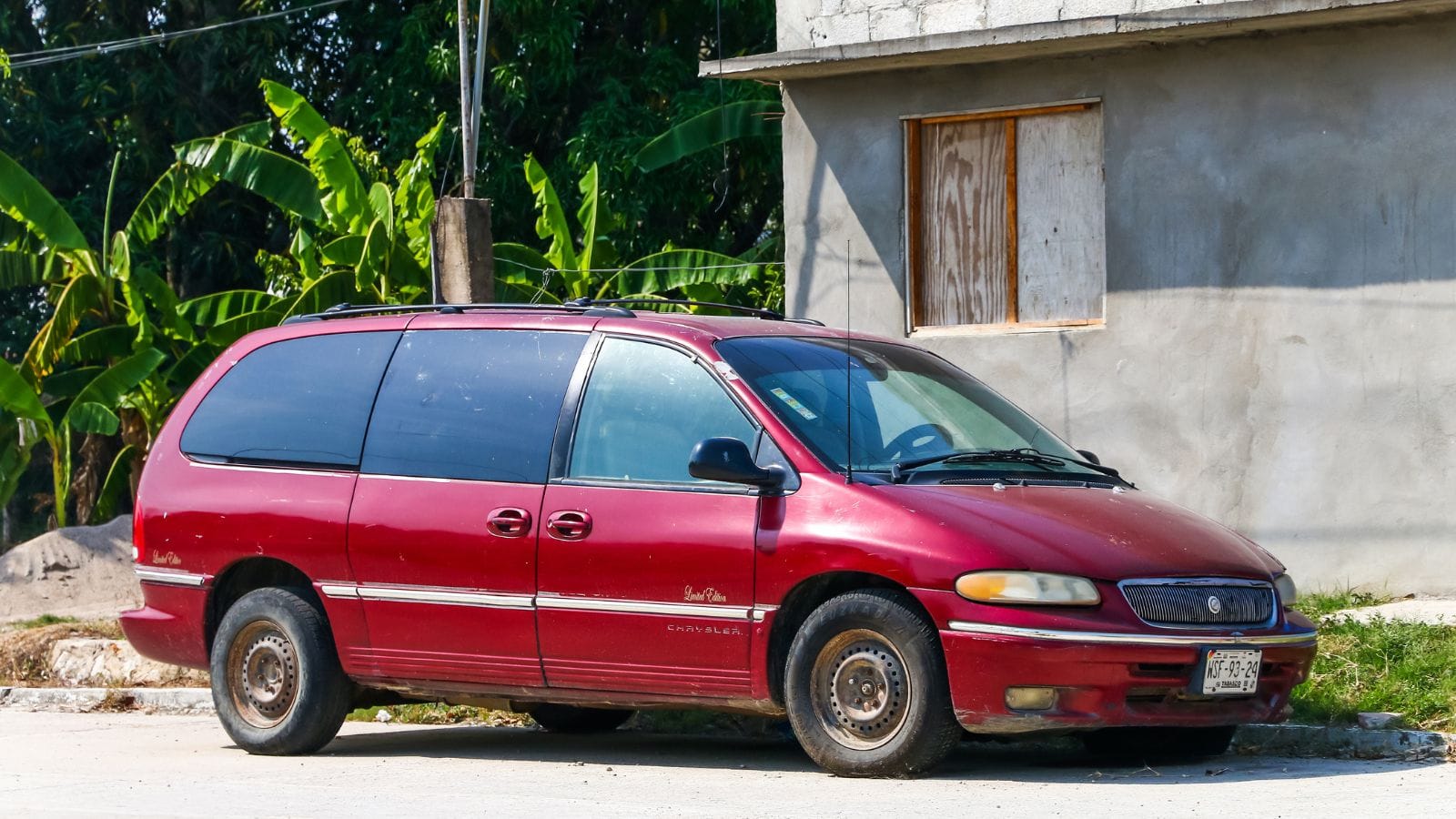
The Plymouth Voyager was one of the minivans that started it all, built in Windsor, Ontario, alongside the Dodge Caravan. For Canadian families in the 80s and 90s, it was the ultimate people carrier. It was affordable, versatile, and durable enough to handle Canadian winters. Families piled into them for road trips, hockey practices, and camping adventures. When Plymouth was shut down in 2001, the Voyager nameplate went with it, leaving the Dodge Caravan to carry on alone. But for many Canadians, the Voyager was the minivan they grew up in, and it holds a special place in memory.
AMC Eagle
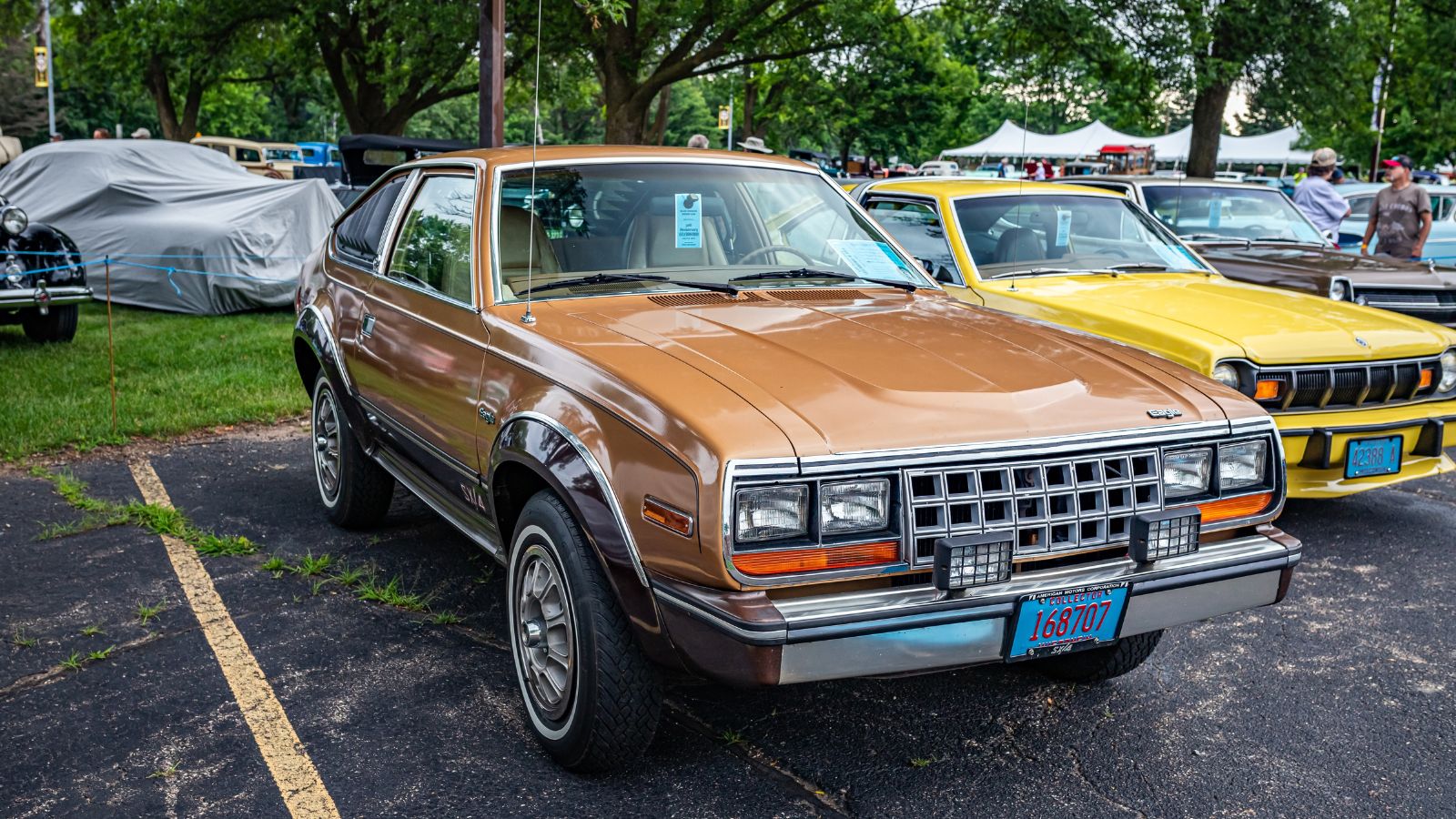
The AMC Eagle was a pioneer that Canadians loved, even if it didn’t sell in huge numbers. Built in the U.S. and Canada in the early 80s, it was one of the first vehicles to blend car comfort with four-wheel-drive capability. For Canadians, it was perfect: it could handle snow and rough terrain while still feeling like a family wagon. Its quirky design and forward-thinking concept made it stand out. Today, collectors and enthusiasts remember it as a car that was ahead of its time a precursor to the crossovers that dominate Canadian roads now.
Ford Thunderbird
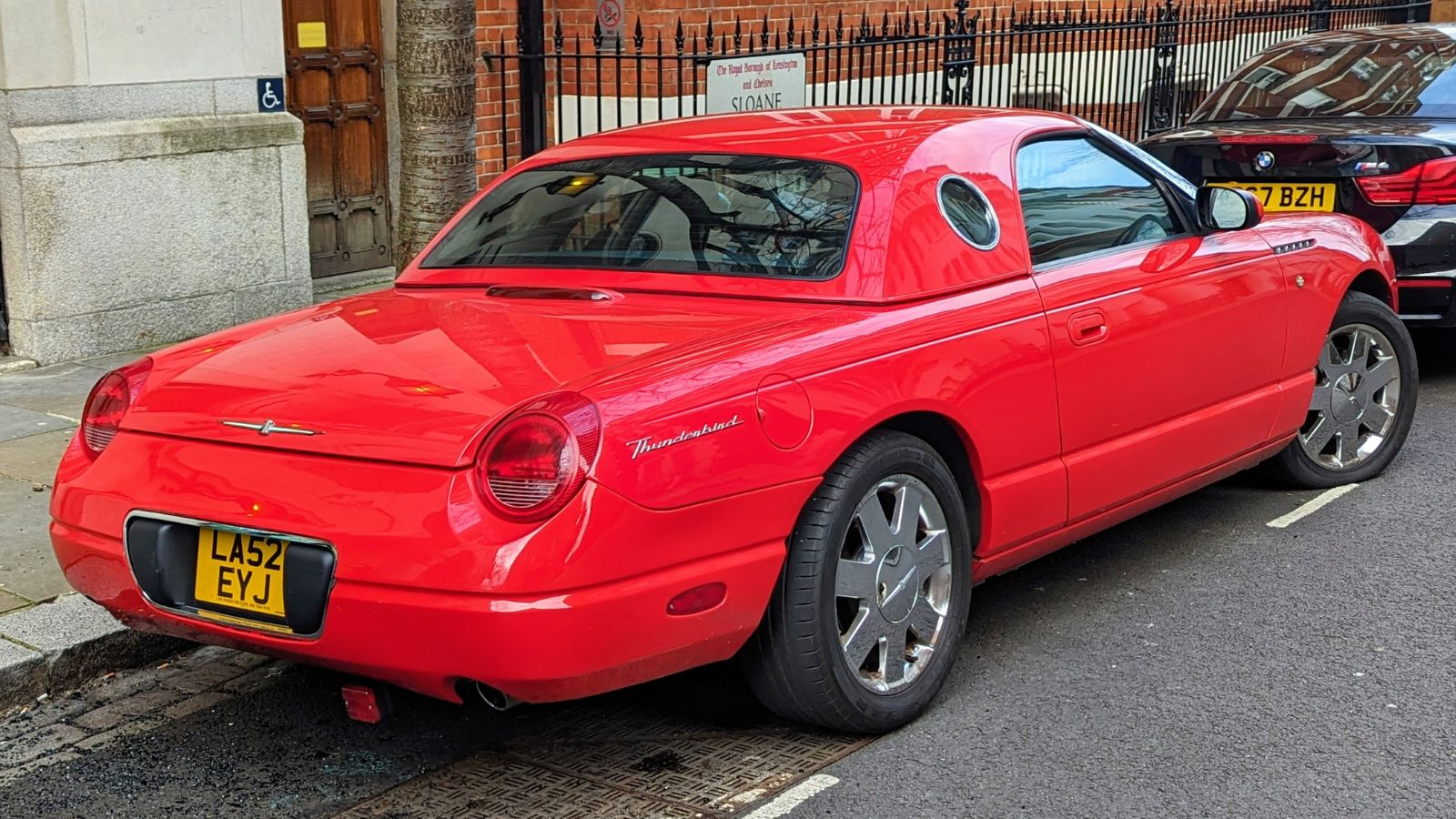
The Thunderbird is one of Ford’s most iconic names, and Canadians admired it almost as much as Americans did. In its earlier generations, it was a stylish personal luxury coupe with big power and presence. By the time the retro-styled version returned in the early 2000s, it rekindled nostalgia but only lasted a few years. Its final bow in 2005 ended nearly 50 years of continuous production. Canadians miss it because it represented a kind of individuality and flair that’s rare today. The Thunderbird was never just transportation it was a statement car.
25 Facts About Car Loans That Most Drivers Don’t Realize

Car loans are one of the most common ways people fund car purchases. Like any other kind of loan, car loans can have certain features that can be regarded as an advantage or a disadvantage to the borrower. Understanding all essential facts about car loans and how they work to ensure that you get the best deal for your financial situation is essential. Here are 25 shocking facts about car loans that most drivers don’t realize:
25 Facts About Car Loans That Most Drivers Don’t Realize
